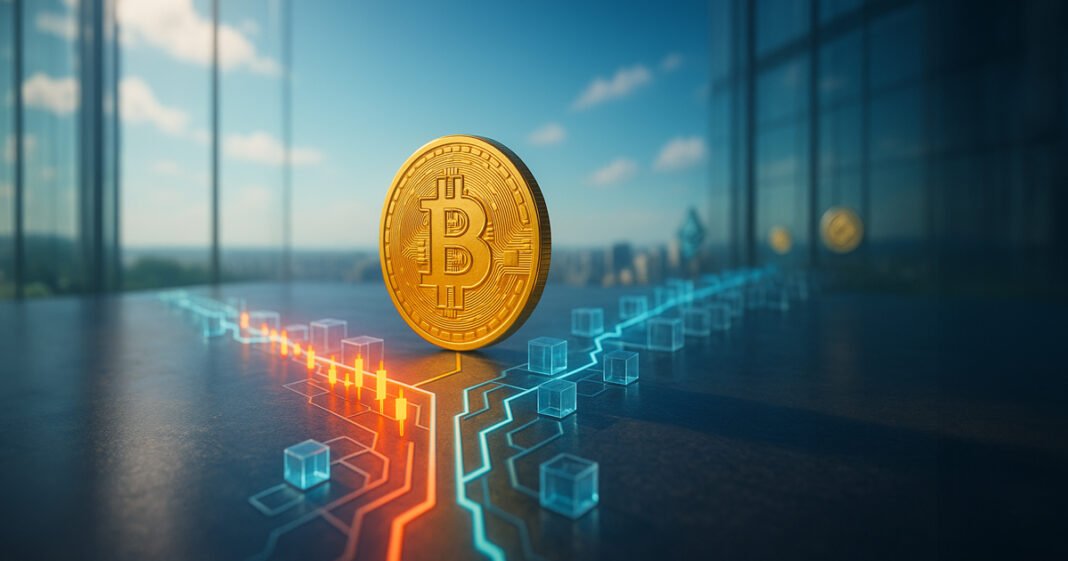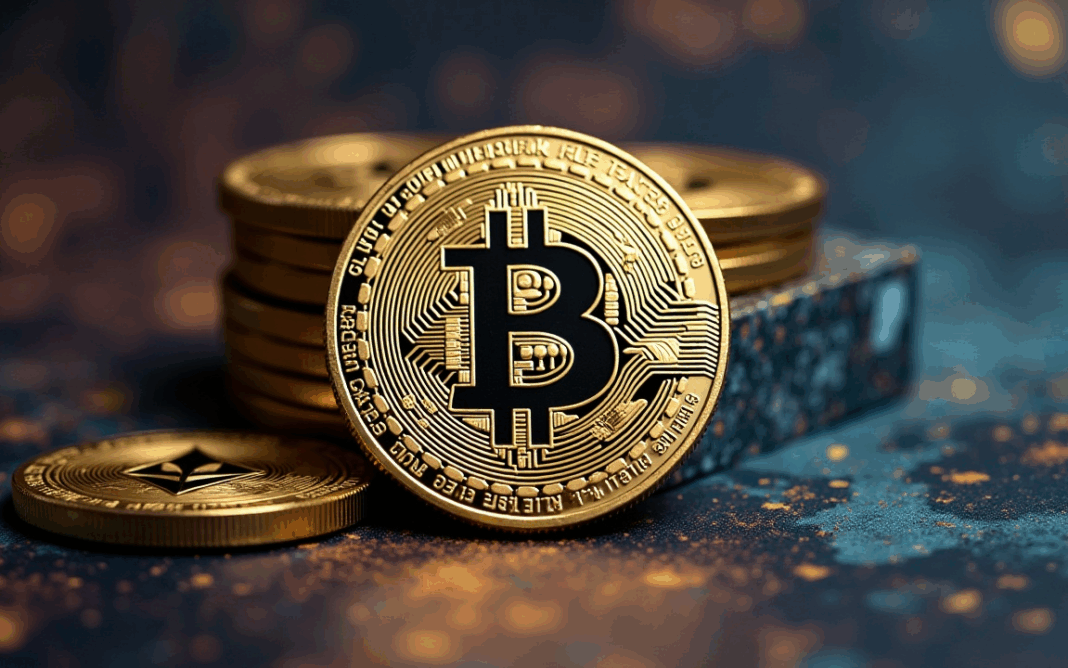The OP_RETURN Upgrade and the BIP-444 Backlash
Understanding the Core Issue
The crux of the controversy lies in the OP_RETURN function, a part of Bitcoin’s scripting language that allows users to attach metadata to transactions. Earlier this year, with the Bitcoin Core 30.0 update, this capacity was significantly expanded from 80 bytes to a hefty 100,000 bytes. Proponents argued this would enable beneficial applications such as timestamping, document verification, and decentralised authentication, all while maintaining Bitcoin’s monetary integrity. However, critics, led by long-time Bitcoin developer Luke Dashjr, saw a slippery slope towards potential abuse and legal risk.
The Spectre of Illegal Content
Dashjr and his supporters fear that the expanded OP_RETURN capacity opens the door for uploading arbitrary files, including child sexual abuse material (CSAM), directly onto the blockchain. This, they argue, could expose ordinary users running Bitcoin’s validating software to legal ramifications, as every full node must store all valid transactions. According to the Bitcoin Improvement Proposal 444 (BIP-444), this could allow malicious actors to claim that Bitcoin is a system for distributing illegal content, rather than one that was merely abused.
BIP-444: A Controversial Solution
BIP-444 proposes a temporary one-year soft fork to mitigate these perceived risks. The proposal suggests reducing OP_RETURN capacity to 83 bytes, limiting OP_PUSHDATA to 256 bytes, and capping ScriptPubKeys at 34 bytes. This, according to the proposal, would allow the community time to refine less restrictive rules while preserving Bitcoin’s legal neutrality. It aims to “reject the standardisation of data storage at the consensus level, closing the gap being abused.”
Ideological Warfare and Community Response
Soft Fork or Coercion?
While a soft fork doesn’t immediately split the chain, it changes the rules so that older nodes still accept new blocks as valid. This subtle change to consensus is what makes BIP-444 so divisive. Critics argue that the language used in the proposal is alarmist and even authoritarian. The document warns of “moral and legal consequences” for rejecting the fork, suggesting that dissenters could “end up forking into an altcoin like Bcash.”
Dismissal and Disagreement
Prominent figures in the crypto community have voiced strong opposition. Canadian cryptographer Peter Todd mocked the proposal by embedding the entire text of BIP-444 within a transaction that still complied with its restrictions. Alex Thorn, Head of Research at Galaxy Digital, labelled the soft fork “an attack on Bitcoin” and “incredibly stupid”. BitMEX Research echoed this sentiment, warning that BIP-444 might incentivise the very abuse it aims to prevent. They argued that a bad actor could use CSAM on-chain to trigger a re-org, facilitating a double-spend attack.
Dashjr’s Defence
Dashjr has dismissed these criticisms, claiming there have been “no technical objections” to the proposal. He has also attempted to quell fears of a hard fork by characterising the proposal as a User-Activated Soft Fork (UASF), where adoption would be driven by users rather than miners. According to Dashjr, a chain split would only occur if miners proactively defended CSAM, leading to the creation of a “CSAMchain.”
Implications for Bitcoin in 2025
Limited Adoption and Market Impact
As it stands in late 2025, the practical impact of the OP_RETURN upgrade and BIP-444 remains uncertain. Data suggests that only a small percentage (6.5%) of nodes have upgraded to version 30.0 since its launch, indicating that most operators are observing the situation from a distance. Despite these technical and philosophical tensions, the price of Bitcoin has remained relatively stable, influenced more by macroeconomic factors like US-China trade relations than by this internal debate. Earlier this month, Bitcoin reached a new all-time high of over $126,000 before retracing to around $116,000.
The Core Dilemma: Neutrality vs. Accountability
Looking ahead to 2026, Bitcoin’s future hinges on its ability to balance its core principles of neutrality and immutability with the growing need for accountability. If a single transaction can expose node operators to legal action, the decentralisation model could be seriously undermined. BIP-444, regardless of its outcome, marks a critical moment in Bitcoin governance. It underscores the increasingly complex challenge of maintaining a permissionless system in an era where blockchains are increasingly being used as permanent data repositories. Whether this proposal succeeds or fails, it has undoubtedly ignited a conversation that will shape the future trajectory of Bitcoin for years to come.






